Name: Monarda has several common names, including bee balm, because bees love it; horsemint because its foliage is relatively rough; Oswego tea because it is used in parts of its native range as a herbal tea, and lastly it is often known by its botanical name, monarda. It is widely known also as bergamot, because it smells somewhat like the true bergamot orange, which is an aromatic species of citrus used to flavour Earl Grey tea. By whichever name this is a lovely garden flower, spectacular in high summer.
Botanical name: The name of monarda was given in honour of a 16th-century Spanish botanist by the name of Monardes. Monarda comes from eastern North America where it is native to grassland and scrubby, lightly wooded areas.
Botanical family: Monarda is part of the mint family, the Labiatae, which contains many garden flowers, many of them having a minty, or sage-like scent. The plant was well known to the Native American peoples, many of which used it for its medicinal properties and for cooking. Like many plants in the mint or sage family, monarda contains chemicals that act as antiseptic and the native peoples used it for skin problems and wounds, and to treat fever. Herbal tea, made by infusing a leaf in a glass of hot water, is good for mouth health, or as a general pick-me-up. It is still used as a herbal tea, but the leaves can be quite strong with a slightly antiseptic taste that does not appeal to all.
Garden use
As a garden flower, monarda is hard to beat, with lots of very vivid flowers carried at tips of the tall stems. An established plant will make a big clump of these flowering stems. It is generally about 90cm, or a little taller, and easily makes a clump as wide. It is perfect for a country garden, being a good-sized plant that needs little effort. It can be used in a herbaceous border or in a mixed border with shrubs of medium size. Plant two or three clumps, or more, for best effect. The flowers appear in mid-summer after the shoots develop full height. The rounded flowers are really clusters of hooded tubular flowers. These open in succession from bottom of the cluster to the top, which lengthens the flowering period. Sometimes the clusters are tiered and may be branched too, so the plant has a structured appearance.
Garden value
Two American species, Monarda didyma and Monarda fistulosa, have been grown in gardens and used in breeding named varieties. The first likes relatively moist soil, but not wet in winter, and tends to fade out if the soil is too dry in summer, wilting noticeably on hot days. The second is happy in drier soils and its hybrids are more tolerant, purple or lilac kinds are better in dry soil, the bright reds preferring the moister ground. ‘Cambridge Scarlet’ is scarlet, ‘Croftway Pink’, soft pink, ‘rarienacht’, intense purple, and ‘Beauty of Cobham’, lilac-pink. All kinds like a good measure of organic material in the soil. If the clumps begin to thin out in the centre, the vigorous outside portions can be lifted and re-planted, but this is not needed very often. The clump seeks to spread, so have plants of equal vigour alongside to contain it.
Widespread damage by hail
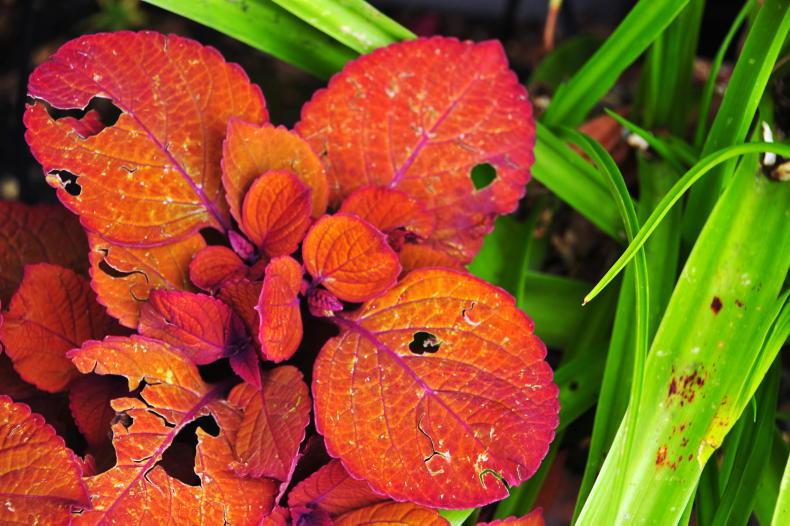
Coleus.
As the prolonged warm spell of recent weeks came to an end many parts of the country experienced heavy thundershowers and these are often accompanied by hailstones. It is not uncommon for summer heat to be accompanied by thunderstorms. Warm air is laden with moisture from evaporation from land and sea, as well as transpiration by plants. The warm air reaches great heights and cools as it rises, falling again when raindrops form. These raindrops falling from great height are often cooled enough to freeze as ice hailstones.
These are often the size of peas and fall to Earth with considerable velocity, easily enough to puncture leaves of soft summer plants, such as the coleus shown. When seen close up, the damage seems disastrous, but from a distance, new foliage and flowers usually hide the damage quite quickly. More significant damage is occasionally done to hard fruits such as apples and pears. The sign that it was hail is evidenced by bruises and sometimes short splits in the skin of the fruit. While the damage to home-grown fruit can be significant enough, a commercial crop can be completely ruined.
Trees, shrubs and roses
The heavy showers came just in time to keep young trees growing, but if the leaves are small and there is no new growth, water heavily once every few weeks. Keep the ground around young trees and shrubs clear. It is time to clip hedges of all kinds.
Flowers
Plants in containers of all kinds get very little water from rainfall and will need frequent watering, every second day or even every day for small containers if the weather is hot and dry. Feeding is also essential and can be given in every third or fourth watering.
Fruit, vegetables and herbs
Early potatoes will generally be used up before blight does damage to the tubers, and the tops can be cut away now if they are badly damaged. Remove vegetables that have gone over or bolted. Sow late lettuce and radishes. Herbs are ready for picking.
Lawn
Around the country, lawns have got a good mixture of moisture and sunshine and are mostly looking well. If a lawn is pale or yellowish, due to leaching by heavy rain on light soil, it probably could do with feeding, but delay for a few weeks if it is green enough.
Greenhouse and house plants
Take the tops out of tomato plants and do not allow any more flowers to develop. Continue watering and feeding all greenhouse plants. Cuttings of shrubs of all kinds can be taken now, first deciduous kinds and later in a few weeks the evergreen sorts.
Read more
In the garden with Gerry Daly: amazing aloe
In the garden with Gerry Daly: evening primrose
Name: Monarda has several common names, including bee balm, because bees love it; horsemint because its foliage is relatively rough; Oswego tea because it is used in parts of its native range as a herbal tea, and lastly it is often known by its botanical name, monarda. It is widely known also as bergamot, because it smells somewhat like the true bergamot orange, which is an aromatic species of citrus used to flavour Earl Grey tea. By whichever name this is a lovely garden flower, spectacular in high summer.
Botanical name: The name of monarda was given in honour of a 16th-century Spanish botanist by the name of Monardes. Monarda comes from eastern North America where it is native to grassland and scrubby, lightly wooded areas.
Botanical family: Monarda is part of the mint family, the Labiatae, which contains many garden flowers, many of them having a minty, or sage-like scent. The plant was well known to the Native American peoples, many of which used it for its medicinal properties and for cooking. Like many plants in the mint or sage family, monarda contains chemicals that act as antiseptic and the native peoples used it for skin problems and wounds, and to treat fever. Herbal tea, made by infusing a leaf in a glass of hot water, is good for mouth health, or as a general pick-me-up. It is still used as a herbal tea, but the leaves can be quite strong with a slightly antiseptic taste that does not appeal to all.
Garden use
As a garden flower, monarda is hard to beat, with lots of very vivid flowers carried at tips of the tall stems. An established plant will make a big clump of these flowering stems. It is generally about 90cm, or a little taller, and easily makes a clump as wide. It is perfect for a country garden, being a good-sized plant that needs little effort. It can be used in a herbaceous border or in a mixed border with shrubs of medium size. Plant two or three clumps, or more, for best effect. The flowers appear in mid-summer after the shoots develop full height. The rounded flowers are really clusters of hooded tubular flowers. These open in succession from bottom of the cluster to the top, which lengthens the flowering period. Sometimes the clusters are tiered and may be branched too, so the plant has a structured appearance.
Garden value
Two American species, Monarda didyma and Monarda fistulosa, have been grown in gardens and used in breeding named varieties. The first likes relatively moist soil, but not wet in winter, and tends to fade out if the soil is too dry in summer, wilting noticeably on hot days. The second is happy in drier soils and its hybrids are more tolerant, purple or lilac kinds are better in dry soil, the bright reds preferring the moister ground. ‘Cambridge Scarlet’ is scarlet, ‘Croftway Pink’, soft pink, ‘rarienacht’, intense purple, and ‘Beauty of Cobham’, lilac-pink. All kinds like a good measure of organic material in the soil. If the clumps begin to thin out in the centre, the vigorous outside portions can be lifted and re-planted, but this is not needed very often. The clump seeks to spread, so have plants of equal vigour alongside to contain it.
Widespread damage by hail

Coleus.
As the prolonged warm spell of recent weeks came to an end many parts of the country experienced heavy thundershowers and these are often accompanied by hailstones. It is not uncommon for summer heat to be accompanied by thunderstorms. Warm air is laden with moisture from evaporation from land and sea, as well as transpiration by plants. The warm air reaches great heights and cools as it rises, falling again when raindrops form. These raindrops falling from great height are often cooled enough to freeze as ice hailstones.
These are often the size of peas and fall to Earth with considerable velocity, easily enough to puncture leaves of soft summer plants, such as the coleus shown. When seen close up, the damage seems disastrous, but from a distance, new foliage and flowers usually hide the damage quite quickly. More significant damage is occasionally done to hard fruits such as apples and pears. The sign that it was hail is evidenced by bruises and sometimes short splits in the skin of the fruit. While the damage to home-grown fruit can be significant enough, a commercial crop can be completely ruined.
Trees, shrubs and roses
The heavy showers came just in time to keep young trees growing, but if the leaves are small and there is no new growth, water heavily once every few weeks. Keep the ground around young trees and shrubs clear. It is time to clip hedges of all kinds.
Flowers
Plants in containers of all kinds get very little water from rainfall and will need frequent watering, every second day or even every day for small containers if the weather is hot and dry. Feeding is also essential and can be given in every third or fourth watering.
Fruit, vegetables and herbs
Early potatoes will generally be used up before blight does damage to the tubers, and the tops can be cut away now if they are badly damaged. Remove vegetables that have gone over or bolted. Sow late lettuce and radishes. Herbs are ready for picking.
Lawn
Around the country, lawns have got a good mixture of moisture and sunshine and are mostly looking well. If a lawn is pale or yellowish, due to leaching by heavy rain on light soil, it probably could do with feeding, but delay for a few weeks if it is green enough.
Greenhouse and house plants
Take the tops out of tomato plants and do not allow any more flowers to develop. Continue watering and feeding all greenhouse plants. Cuttings of shrubs of all kinds can be taken now, first deciduous kinds and later in a few weeks the evergreen sorts.
Read more
In the garden with Gerry Daly: amazing aloe
In the garden with Gerry Daly: evening primrose




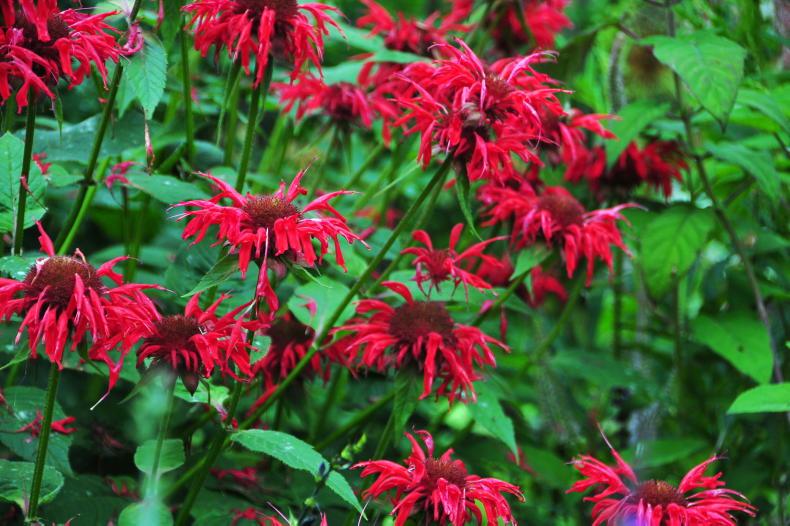


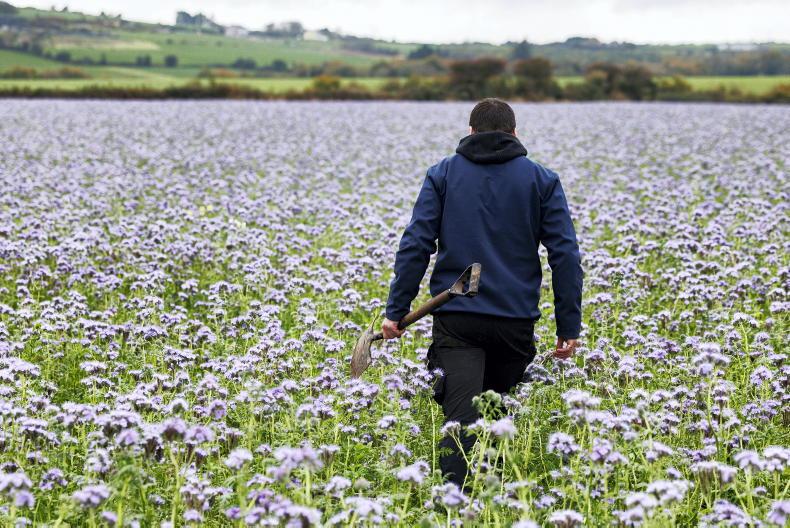
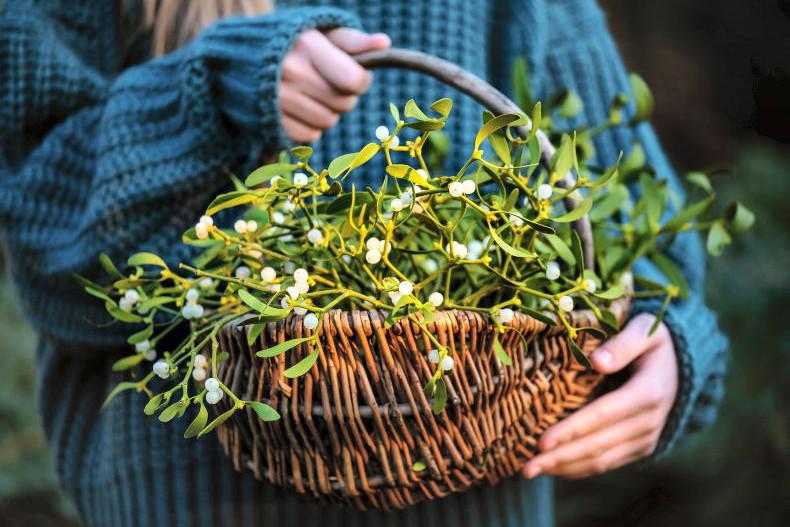
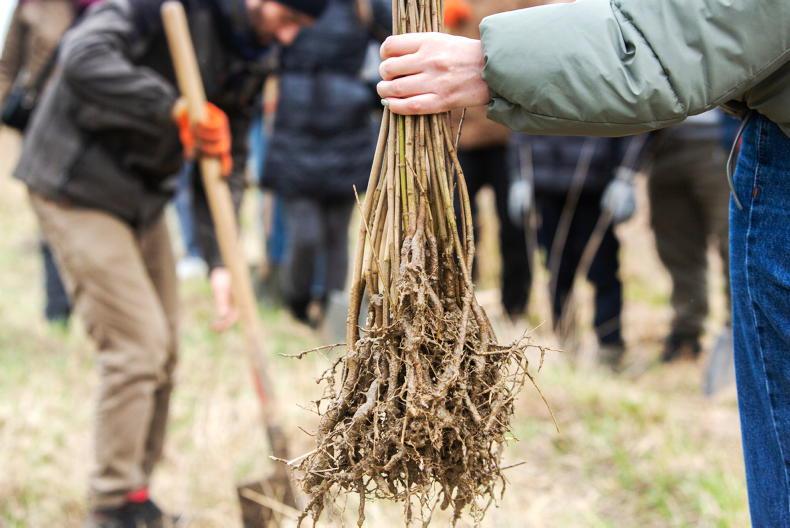
SHARING OPTIONS